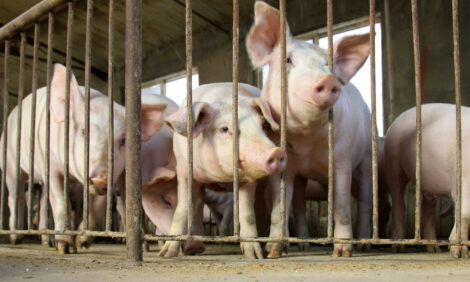



Pig Flu Threat To Papua New Guinea
PAPAU NEW GUINEA - Swine Fever outbreak in the Indonesian province of Papua could spread to Papua New Guinea, devastating pig populations and threatening Australia's A$1.3 billion pork industry, a Queensland scientist said over the weekend.
Associate Professor Lee Fitzpatrick, of James Cook University (JCU) in Townsville said Classical Swine Fever had killed an estimated 9000 domestic pigs in Indonesia's Papua Province since April.
The highly contagious viral disease was believed to have been introduced to Papua among pigs brought in as part of an Indonesian food aid program.
The disease did not affect humans but could cause mortality rates as high as 90 per cent among pigs, said Professor Fitzpatrick, who is the director of the Australian Institute of Tropical Veterinary and Animal Sciences.
This outbreak could have drastic economic and social consequences for villagers in PNG. This is because pigs are not only a source of food, but have an important cultural significance as well. The disease also posed a significant threat to Australia A$1.3 billion pig industry which has been free of Swine Fever since 1961, Professor Fitzpatrick said.
There were reports the disease had already spread to the southern coastal regions of PNG, from where it is only a very short distance across Torres Strait to the Australian mainland. The disease is the pig equivalent of foot-and-mouth disease in terms of the potential threat to an industry, he said.
"We do not have a big pork export industry but we do export some pork and some live pigs. It would have significant implications on that if it came into Australia. The Papuan outbreak of the exotic livestock disease on Australia doorstep reinforced the need to establish a veterinary school at JCU in North Queensland," Professor Fitzpatrick said.
The school would produce veterinarians with the skills to detect exotic diseases in domestic animals and wildlife. It could also work with PNG agencies to control and eradicate such diseases, he said.
Source: eFeedLink - 23rd August 2004







